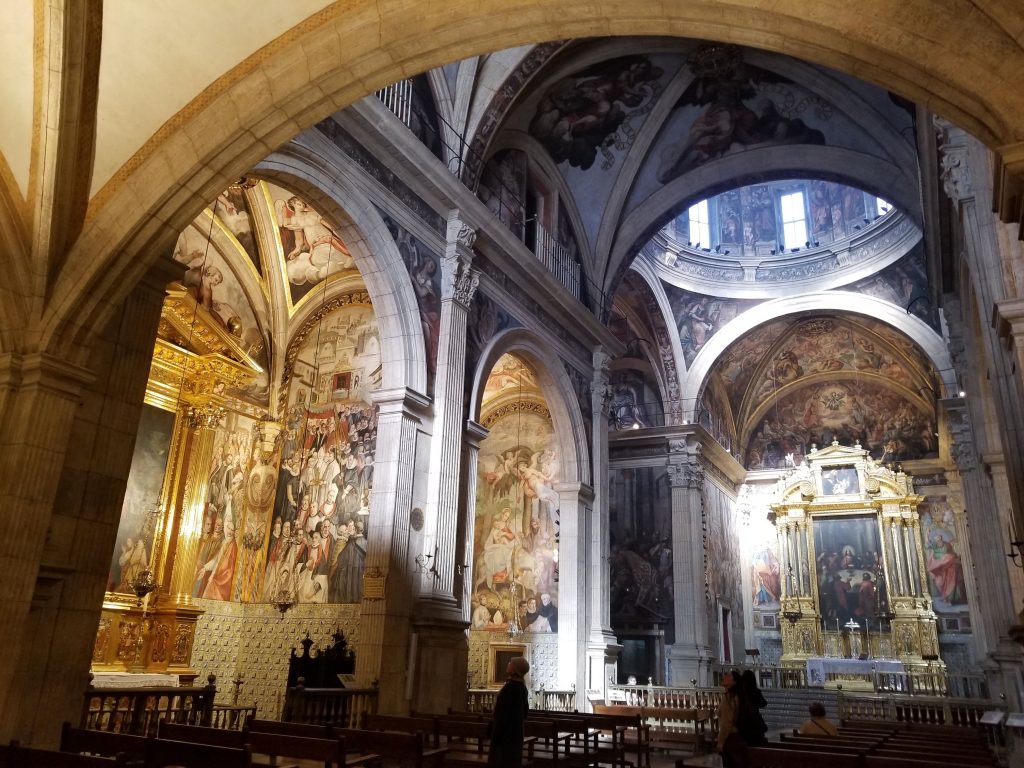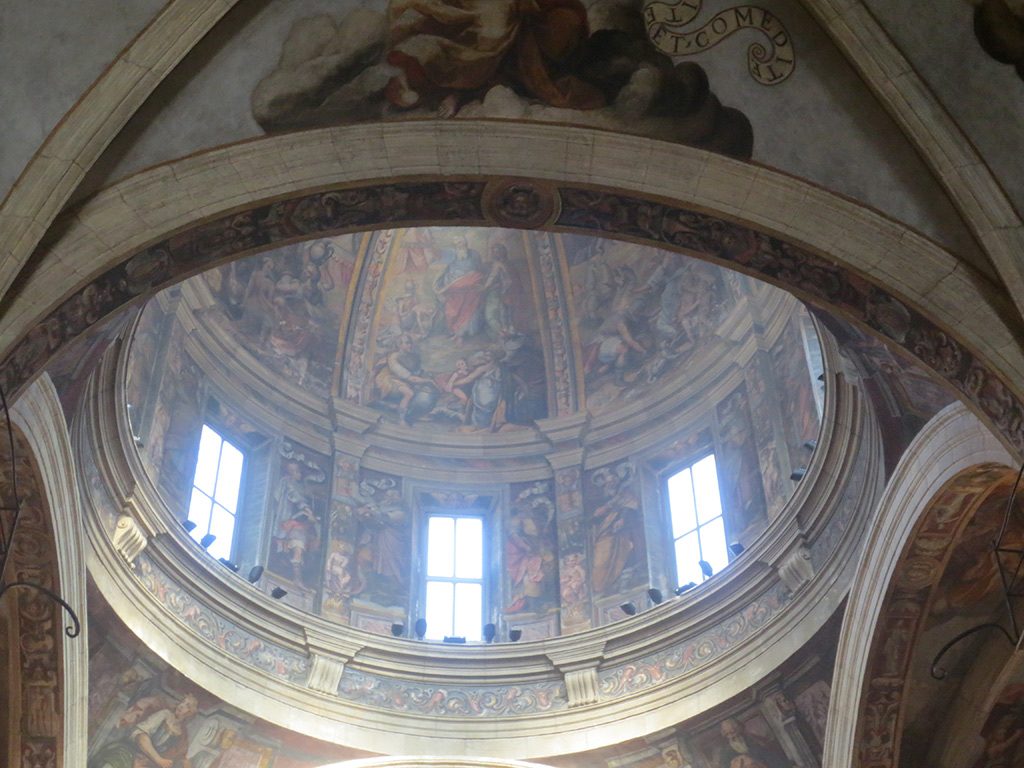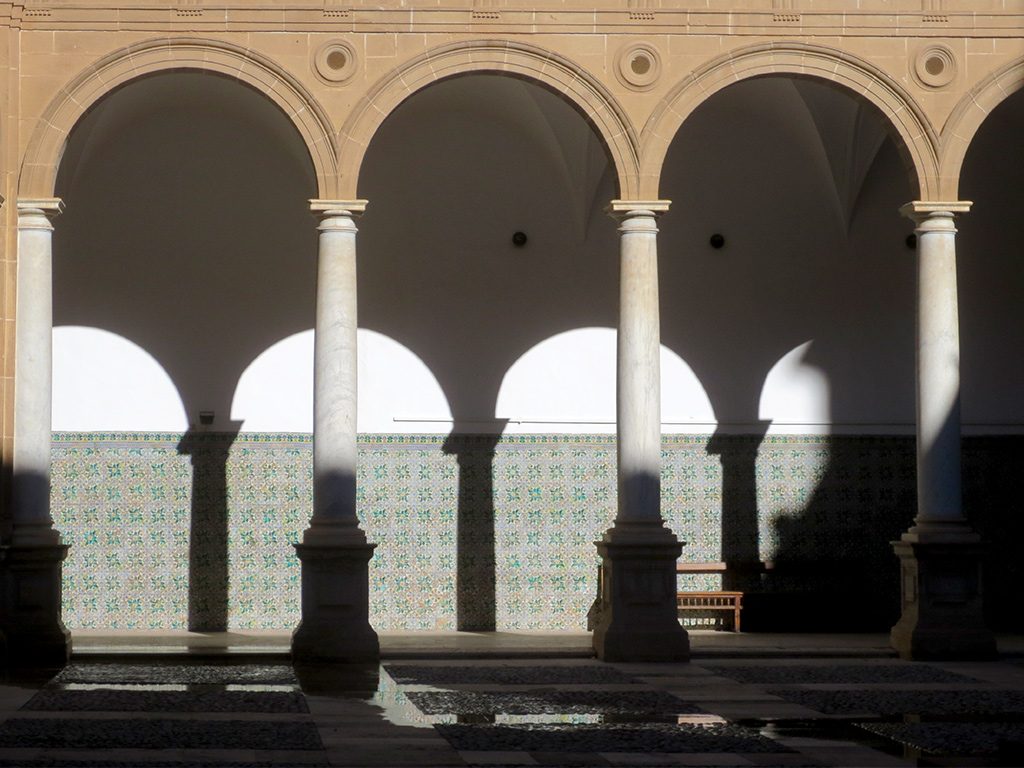
We visited the Museu del Patriarca (Museum of the Patriarch) in Valencia’s old town. The museum is located inside a seminary constructed in the late 1500’s, and includes a cloister courtyard and a small chapel.
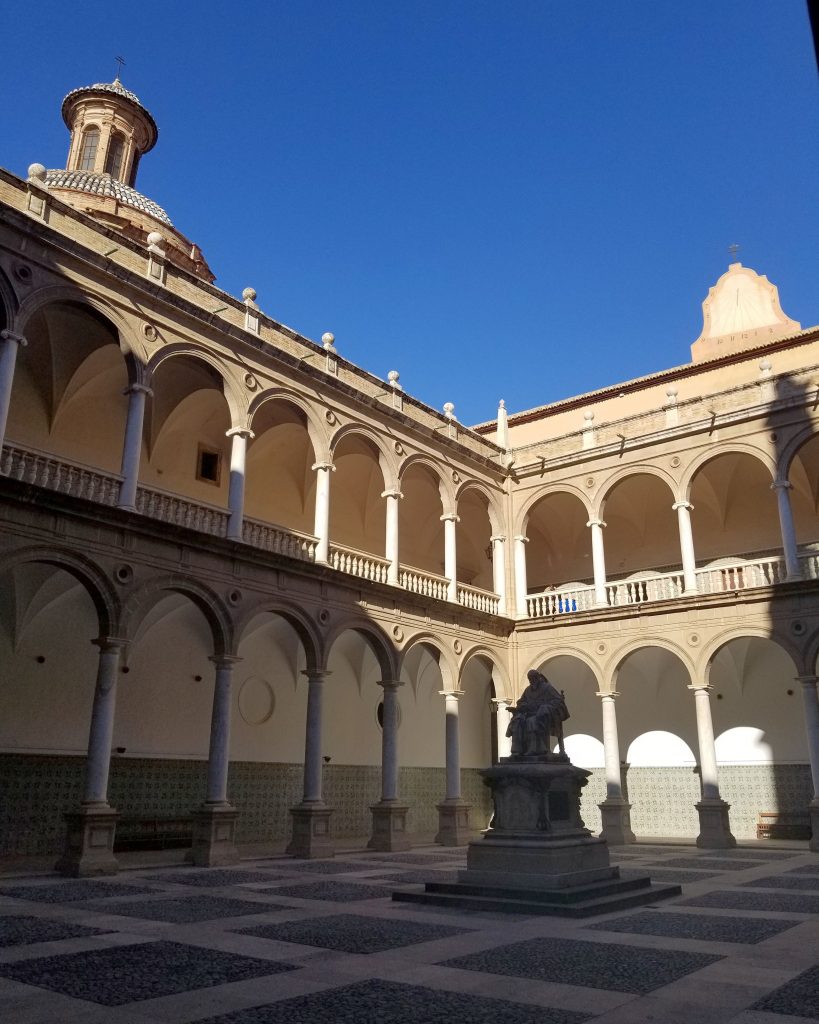
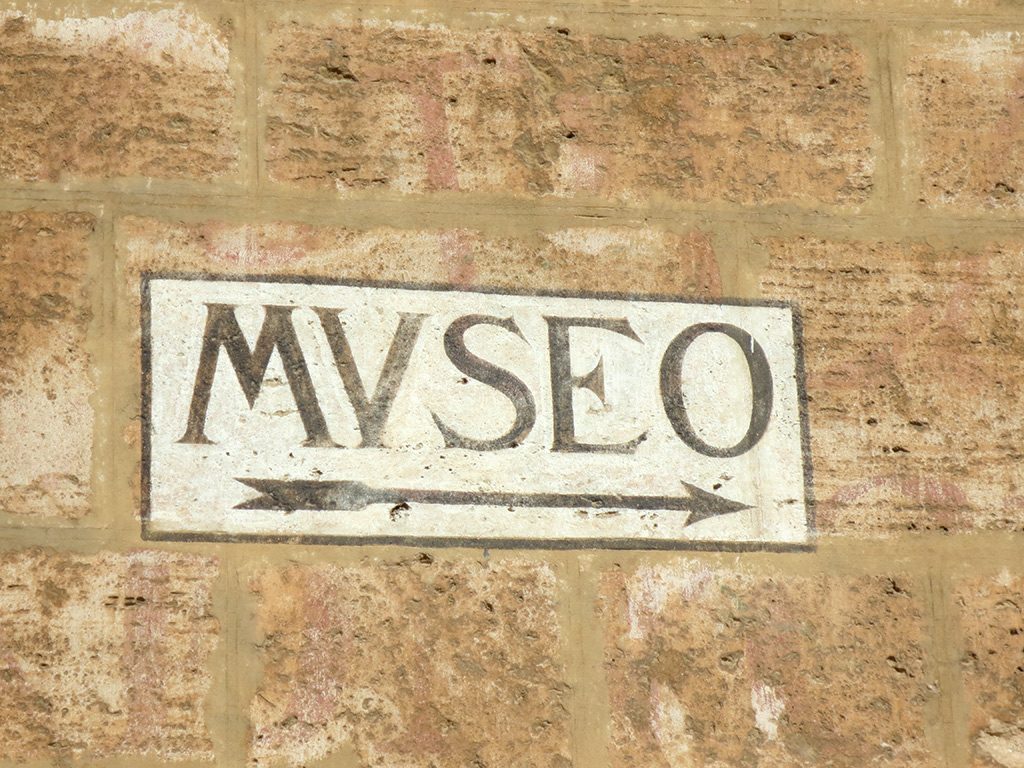
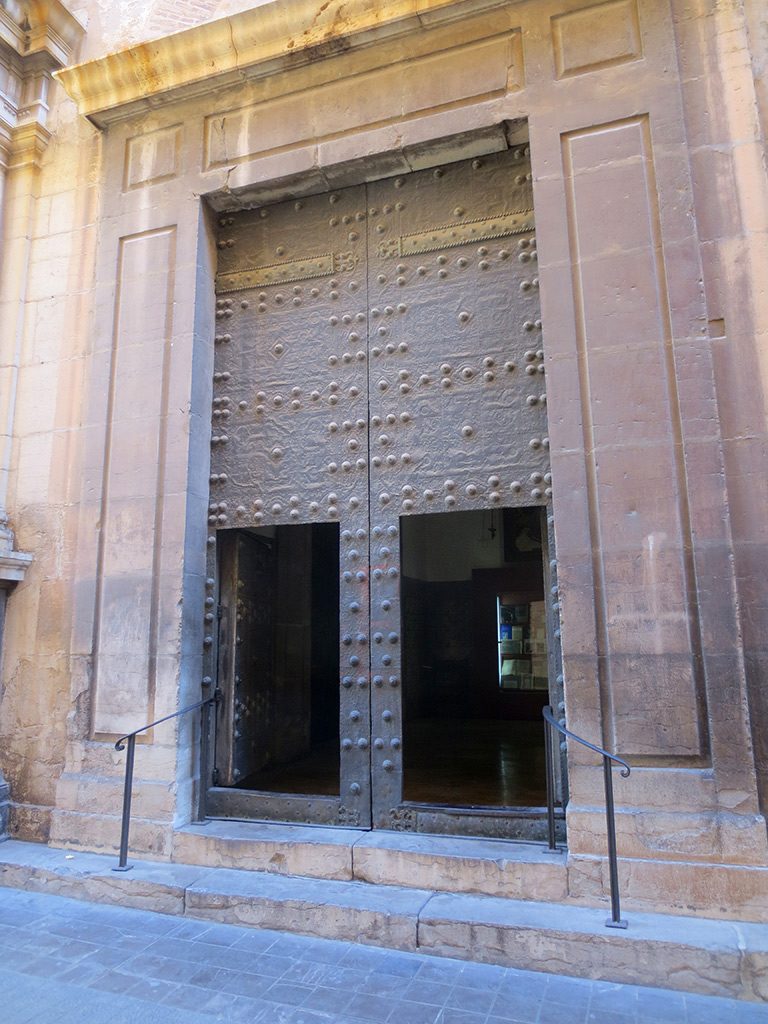
On the second floor, above the cloisters courtyard, the small museum displays a selection of very old artifacts and paintings, mainly religious paintings and statues portraying the usual levels of Catholic gore.
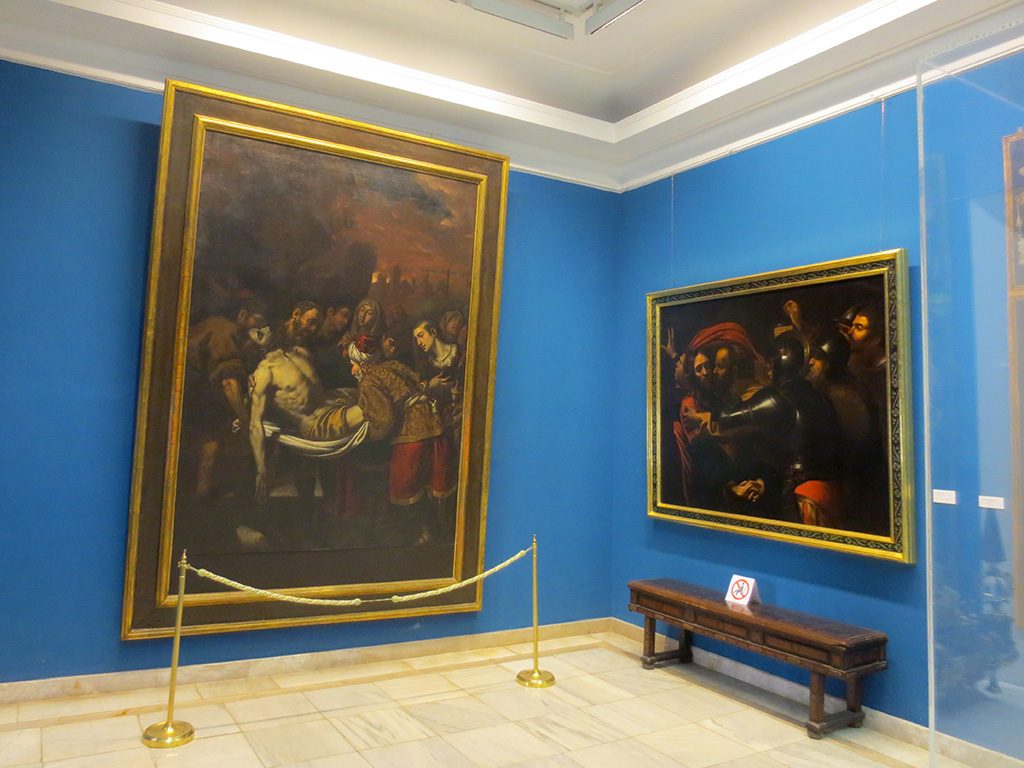
One painting we wanted to see was lazily described in various places as a Caravaggio , though it is actually apparently merely a very good copy from his original workshop of The Taking of Christ, which hangs in the National Gallery in Dublin. This copy was made around the same time as the original, in the 1600’s, and is titled El Bes de Judes (The Kiss of Judas).
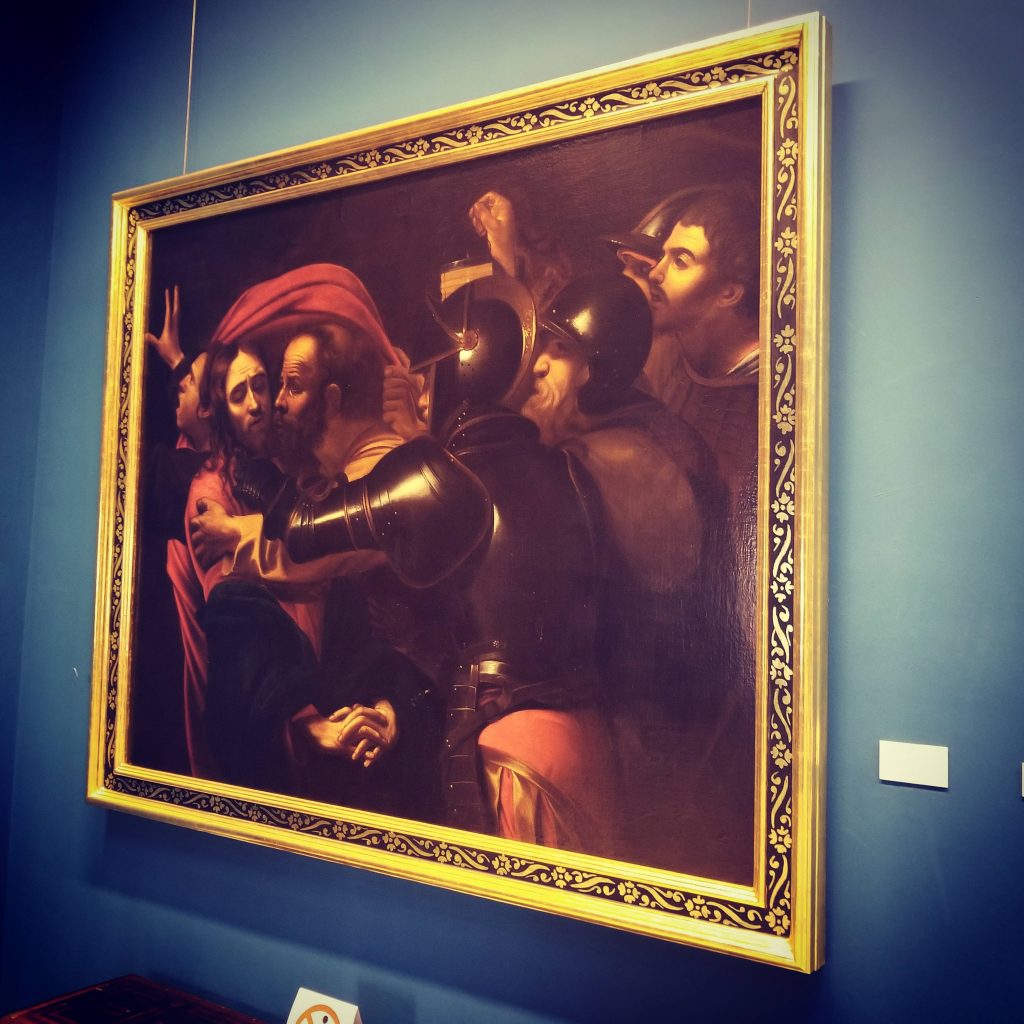
Just around the corner I found this circa-1592 Mapamundi (World Map) by Dutch cartographer Petrus Plancius.
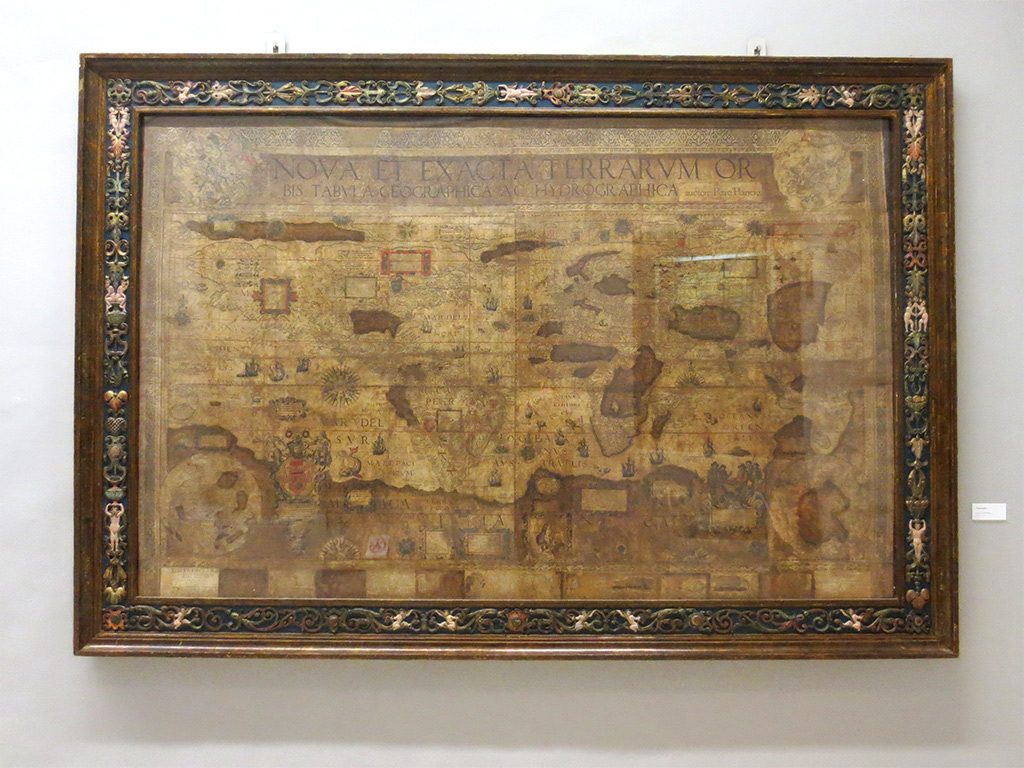
100 years after Columbus “discovered” America and 400 years before Google Maps was launched it’s clear that some things were still not yet understood. I zoomed in on the part of the map where it seemed Canada should be. Underneath the large letters of “Nova France” you can just make out the word “Canada” split over two lines. Out of the frame there was a possible reference to the St. Lawrence river, and below that, a mention of Florida. Otherwise nothing much looked familiar, that is to say, correct.
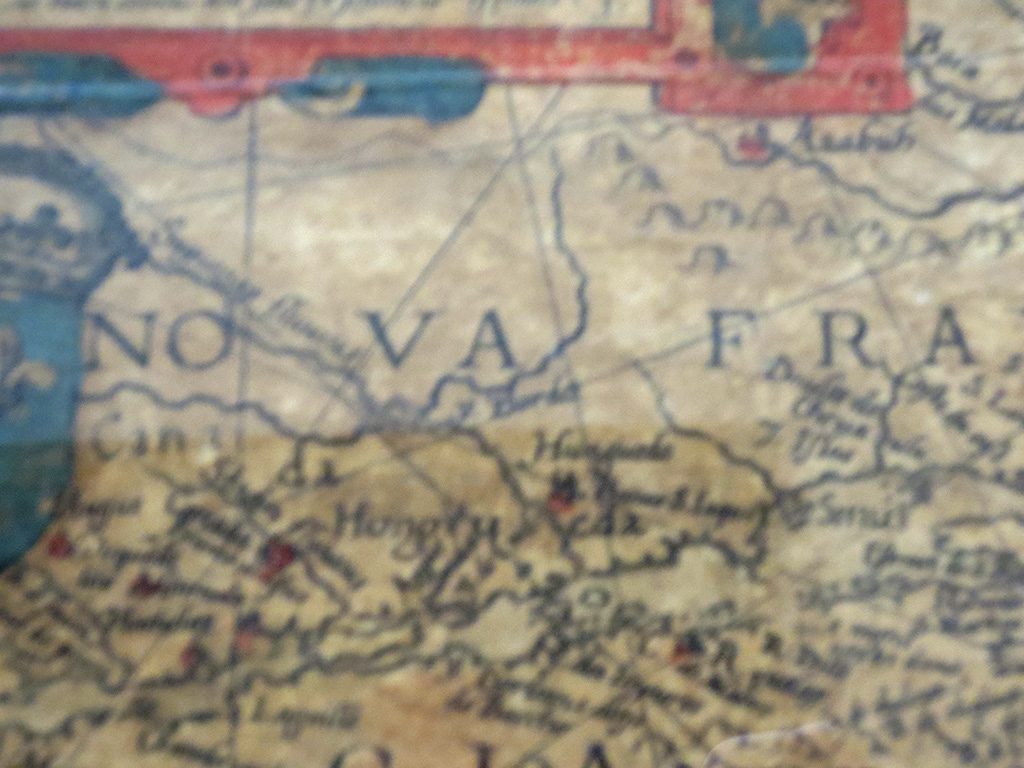
An even more surprising find in a small Spanish museum was a hand-written treatise by Sir Thomas More, written in the Tower of London when More was imprisoned and awaiting execution by Henry VIII for refusing to recognize Henry’s divorce. The treatise “De Tristitia Christi” (The Agony of Christ) was saved from confiscation during the English Reformation, and a few generations later ended up in Spain, a much safer place for Catholic relics at that time.
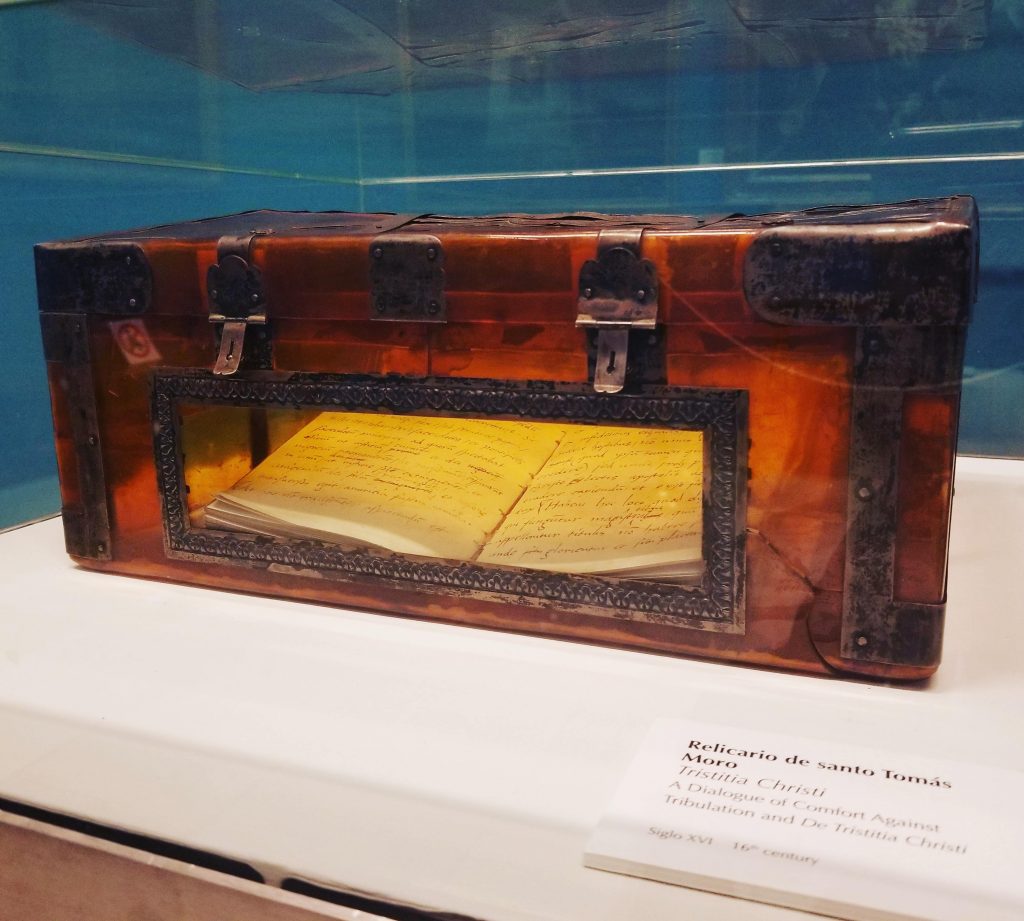
On the way out, after I nearly broke a 400-year-old door because I couldn’t figure out the latch, we visited the Communion Chapel, which is lined with Belgian tapestries.
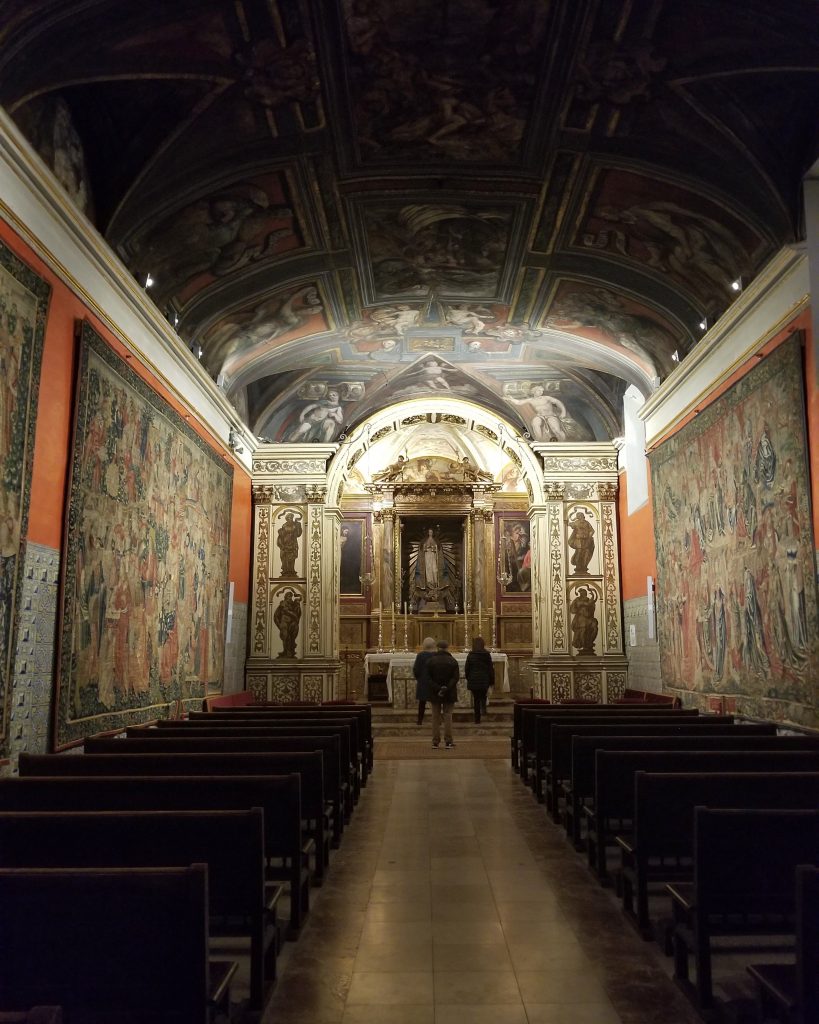
As we left the museum we were told that the church next door would be opening its doors to public viewing at the top of the hour, so we spent a few minutes wandering through the University of Valencia’s Biblioteca Històrica building just across the square. In the building’s courtyard we were surprised to see a photo exhibit titled Points of View curated by the Canadian Museum for Human Rights in Winnipeg.
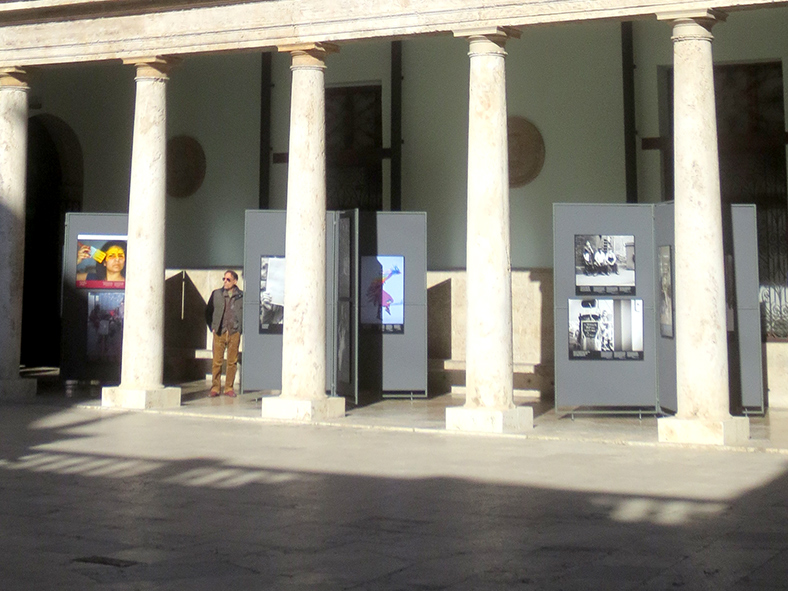
Outside again, we waited in the beautiful Plaça del Col·legi del Patriarca for the church doors to open. Like many of the squares around Valencia it was peaceful but full of local life, with parents enjoying a drink on the patios along the side while their kids kicked soccer balls in the open areas. As always, there were orange trees.
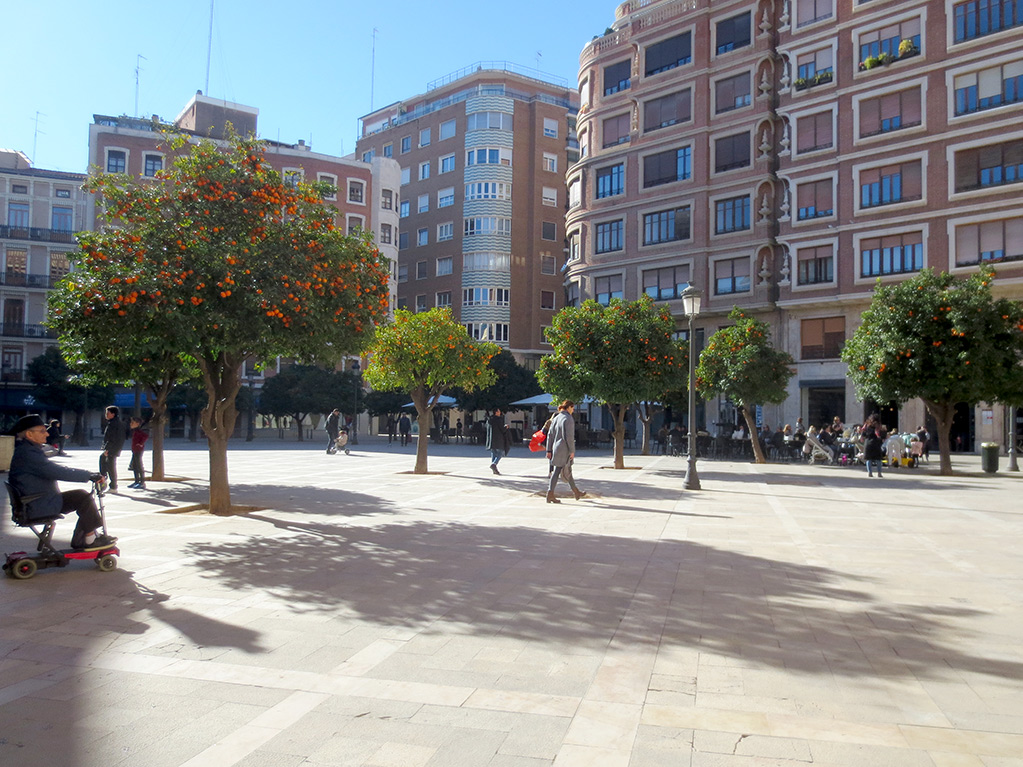
The aptly named Iglesia del Patriarca was constructed at the same time as the seminary and cloister (late 1500’s) and the church’s walls and bell tower dominate the square.
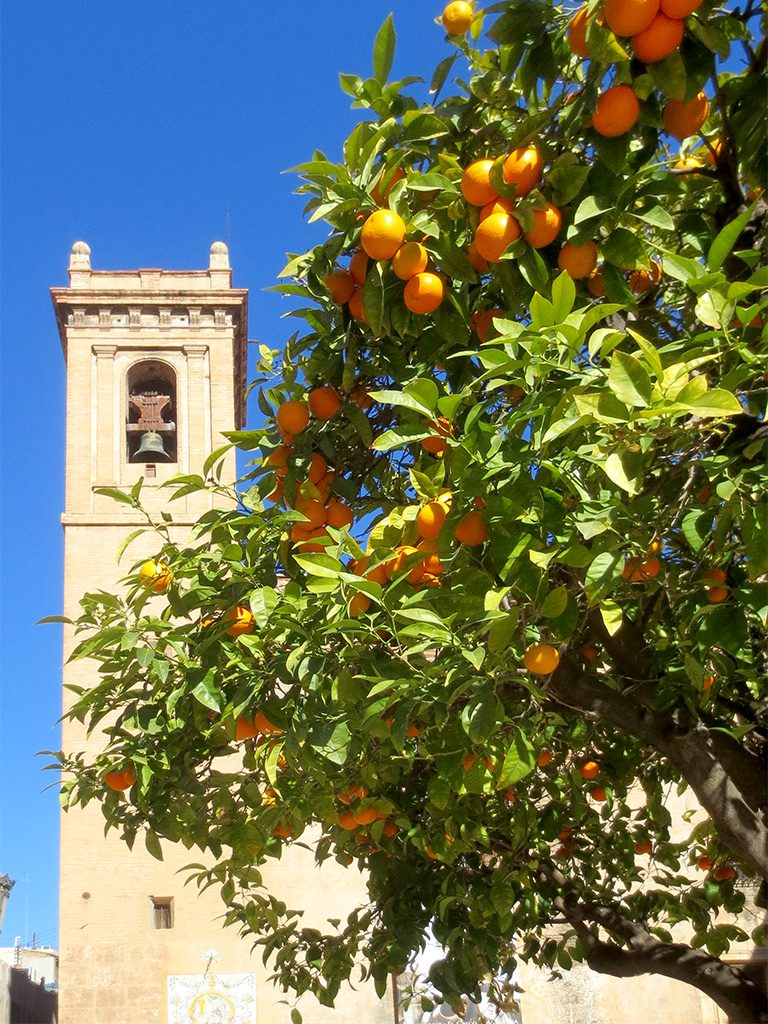
Once the church doors opened, we joined a few other tourists (and one worshipper) and headed inside. The air was clouded so thickly with incense that it burned our eyes and throats, so we lingered just long enough for few quick photos of the ornate interior before heading onwards to seek lunch.
